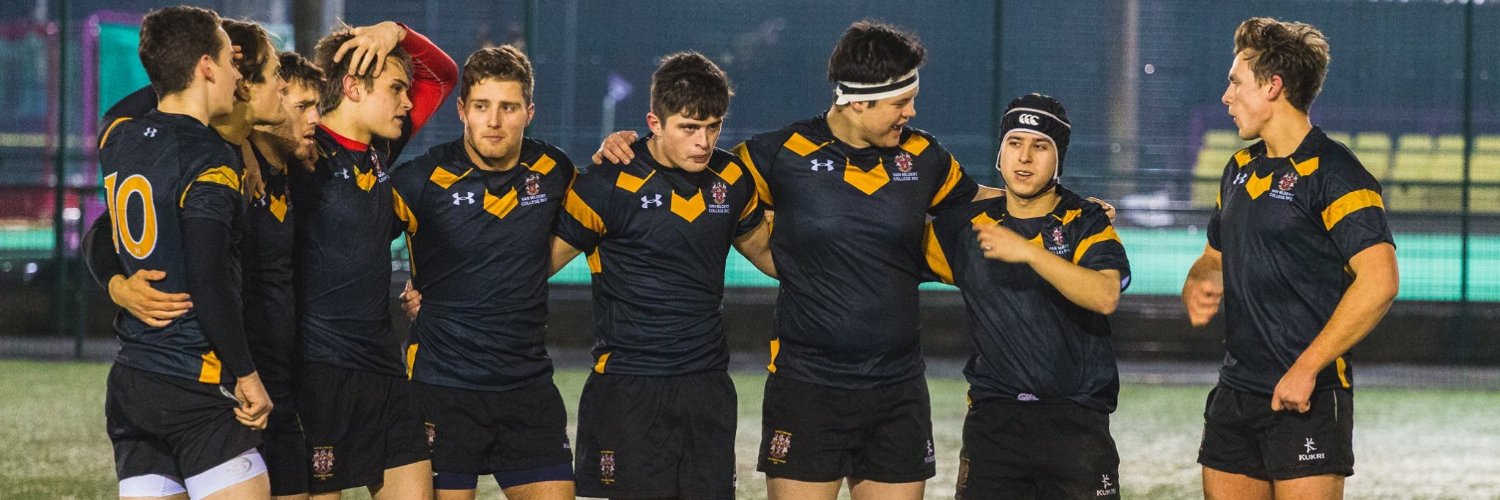About Me
I'm Ed, an Astrophysics Prize Fellow detecting and characterising
exoplanets at the University of Warwick!
I focus on discovering new transiting exoplanets
using NGTS and
TESS.
I use the planets I and others have found to study the overall planetary populations and
understand how planets form and evolve.
If you're interested in finding out more info, why not check out
one of my papers
here!
Or take a look at my CV.
Previous Posts:
Research Fellow in Exoplanets Characterisation;
Mullard Space Science Laboratory; UCL.
June 2022 - February 2025. Working with Vincent Van Eylen.
Education:
PhD in Physics: "Studying transiting exoplanets with NGTS and TESS";
University of Warwick. October 2018 - June 2022. Supervisor: Dr. Daniel Bayliss
MPhys; Physics; Durham University; October 2014 - June 2018

Outside of astronomy, I can normally be found watching
some form of sport - rugby, NFL, cricket ... .
I occasionally play the sax and also enjoy cooking.
Research
I am an exoplanet hunter!
I use photometric observations of stars to hunt for new extra-solar planets, otherwise
known as exoplanets. These exoplanets are planets outside of the Solar System,
orbiting stars other than our own Sun. I use these data to search for exoplanets
which transit
their host stars, and measure the masses of these planets using spectroscopic
radial velocity
observations.
So far I have lead the discovery of four new exoplanets, including
massive giant
planets which should not exist and
planets
that orbit ageing stars and are nearing
end of their life . I have also contributed to the discovery of many more exciting
planet discoveries!
Using planetary populations as a probe of planet formation and evolution
My primary research interests concern using large photometric data sets to study
the population demographics of exoplanets.
I am interested in a wide variety of exoplanet populations and have studied the
populations of exoplanets across the full stellar spectrum, from
lowest mass host
stars ever up to stars twice the mass of the Sun and even
planetary systems whose
host star is evolving away from the main sequence .
By uncovering the demographics of these populations we will better understand
the birth, life, and even death of exoplanets, and the role played by the host star
in shaping these processes.
I am also interested in finding and characterising new and exotic systems, like the
WASP-47 system,
to see what we can learn from them about potentially new formation and evolution pathways.
NGTS Multi-Telescope Transit Observations
I am also involved in the NGTS mission, particularly through the use of
multi-telescope observations
of exoplanet transit events. I use these observations to aid the
confirmation of new planets,
monitor TTVs in multi-planet systems,
and observe transits of the
longest period planets ever observed from the ground.
We are always on the look out for new collaborations and exciting systems to observe. If you think we can help you out
with any study please do get in touch!
As well as follow-up, NGTS remains a transit survey, and I work towards the discovery of new exoplanets,
including leading the discovery for the sub-Saturn mass exoplanet
NGTS-12b.
Publications
Lead author papers: I have led eight peer-reviewed journal papers:
Determining the impact of post-main-sequence stellar evolution on the transiting giant planet population;
Bryant E. M. & Van Eylen V. (2025), MNRAS,
544, 1186-1214
When a star runs out of hydrogen fuel within its core, it begans to evolve and expand to become a red giant.
This process changes the structure of the star and is expected to have large impacts
on the planets orbiting these stars. Using photometric data for close to half a million stars I measured
the size of the population of planets evolving these evolving stars. I demonstrated that the
evolution of these stars causes the population size to decrease. This is most likely due to
tidal forces - the same forces that give rise to the ocean tides on Earth - causing the planets' orbits to rapidly shrink.
The doomed planets are then engulfed or torn apart by their host stars!
A transiting giant planet in orbit around a 0.2-solar-mass host star;
Bryant E. M. et al. (2025), Nature Astronomy,
9, 1031-1044
Using photometry from the TESS space telescope I discovered the monstrous planet TOI-6894b; a planet that should not exist!
Combining the TESS data with spectroscopy from the VLT, photometry from SPECULOOS, and many more observations I
confirmed the planet to be similar in size and mass to Saturn. TOI-6894b orbits a star that
is just 20% the mass of our Sun; the current leading theories of planet formation predict
that a star this small should not have been able to form a planet as massive as TOI-6894b.
So how did this planet form? This system will be an important benchmark as we further our
understanding of the extremes of planet formation.
TOI-2379 b and TOI-2384 b: two super-Jupiter mass planets transiting low-mass host stars;
Bryant E. M. et al. (2024), MNRAS,
533, 3893-3906
I used high precision photometry from the TESS space telescope to discover two new giant exoplanets with
small host stars! The two planets - TOI-2379b and TOI-2384b - are both much more massive than Jupiter and
have host stars roughly 60% the mass of the Sun. These systems have some of the highest planet-to-star mass
ratios for any planet with a low-mass host star, which makes them very exciting systems for understanding how
giant planets form, especially around low-mass stars.
The occurrence rate of giant planets orbiting low-mass stars with TESS;
Bryant E. M., Bayliss D., & Van Eylen, V. (2023),
MNRAS, 521, 3662-3681
I performed a systematic transit search for giant exoplanets orbiting low-mass stars in order to measure
the occurrence rates of these systems. I demonstrated that while the giant planets are rarer for
lower mass host stars, they do still exist for host stars as low mass as 20% the mass of the Sun!
This work presents some contradictions with currently accepted planet formation theories,
showing that more work needs to be done to fully understand how giant planets form!
Revisiting WASP-47 with ESPRESSO and TESS; Bryant E. M. & Bayliss D. (2022),
AJ, 163, 197
I used high-precision radial velocities from ESPRESSO and new photometry from TESS to refine
the parameters of the planets in the remarkable WASP-47 system. In particular, I refined the mass of
the ultra-short period super-Earth WASP-47e, showing it to potentially have a different composition
to most other well characterised super-Earths.
A transit timing variation observed for the long-period extremely low-density exoplanet HIP 41378 f;
Bryant E. M. et al. (2021),
MNRAS, 504, L45-L50
Using multi-telescope NGTS observations I obeserved a transit of the 542day (!) period planet HIP-41378f.
The NGTS observations, along with other ground-based photometry,
revealed the presence of large transit timing variations for this planet.
NGTS-12b: A sub-Saturn mass transiting exoplanet in a 7.53 day orbit; Bryant E. M. et al. (2020),
MNRAS, 499, 3139-3148
Using NGTS survey photometry, along with further photmetry from TESS and radial velocity observations
from HARPS and FEROS, I presented the 7.53d period, sub-Saturn mass exoplanet NGTS-12b. The host star
NGTS-12 is slightly evolved and nearing the end of its life, so this planet likely doesn't have long left!
The increase in luminosity as the star evolves also makes this low-density planet an interesting target
for atmospheric characterisation studies and investigations into planetary inflation mechanisms.
Simultaneous TESS and NGTS transit observations of WASP-166 b; Bryant E. M. et al. (2020),
MNRAS, 494, 5872-5881
I presented the NGTS multi-telescope observing method, where multiple of the twelve NGTS telescopes are
used simultaneously to observe the same star. I demonstrated that this technique provides ultra high precision
photometry, rivaling the data quality of the space telescope TESS!
Contributed papers:
Using NGTS multi-telescope observations I have contributed to a large number of varied exoplanet discovery
and characterisation studies. Through my involvement in a number of exoplanet discovery consorita, particularly
the NGTS mission and various TESS follow-up programs with HARPS, I have also contributed to numerous exoplanet discoveries.
An extensive list of my lead and co-author publications can be found
here!
Press
Some of my research has been featured in the media and the press!! Check below for links
to various articles about my work:
The Sky at Night: Exoplanets - Strange New Worlds
I was on TV! I had the absolute pleasure over the summer of 2025 to be interview by the BBC's The Sky at Night
for their episode on the weird and whacky world of exoplanets (available on BBC iPlayer).
I discussed my discovery of TOI-6894b - a Saturn-like planet that should not exist orbiting a star just 20% the mass of the Sun.
Discovery of giant planet orbiting tiny star challenges theories on planet formation :
My discovery of TOI-6849b - a Saturn-like planet that should not exist
was featured in the media more than 670 times across 68 different countries, including TV, radio, and online and print articles.
The press coverage includes articles in the Independent,
CBS news,
the Times of India,
Reteurs, and many many more.
I was even featured on the BBC's the The Sky at Night!
Ageing stars likely destroy their closest planets:
My study of the population of giant planets around ageing and evolving stars revealed exciting insights about the fates of these
planets. My research showed that ageing stars cause the orbits of the planets that orbit them to shrink. The planets then
spiral in towards their host stars where they are engulfed or torn apart by their hungry hosts!
This research was publicised by both UCL
and the University of Warwick, and was
featured in a variety of other media outlets, including
the Daily Mail,
the Royal Astronomical Society,
and Phys.org.
Small stars may host bigger planets than previously thought:
My research into the occurrence rate of giant planets - those similar in size to Jupiter or Saturn - was featured widely
in the press by various outlets, including:
Sky & Telescope
Universe Today
and many others, with the main UCL press release able to be found
here!
Rhythmic six-exoplanet system challenges theories of how planets form:
Using the NGTS telescopes at Paranal Observatory in Chile, I obtained exoplanet
transit observations which played a key role in unveiling the true nature of the remarkable six-planet TOI-178 system.
Five of the six planets are locked in a rhythmic "resonance" with each other. The discovery of this incredible system,
and my role in it, was the subject of a
Warwick press release.
Contact
Email: edward.m.bryant@warwick.ac.uk
Address: Department of Physics, University of Warwick, Coventry, CV4 7AL, UK

